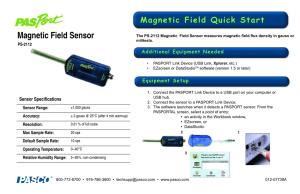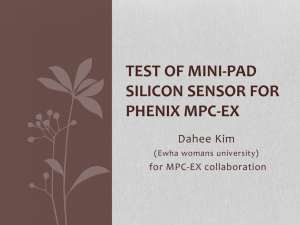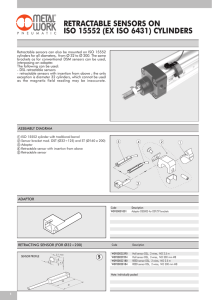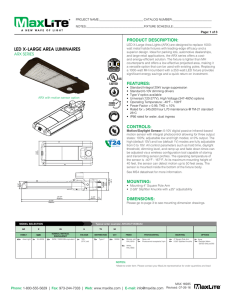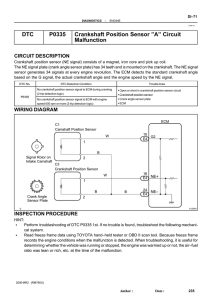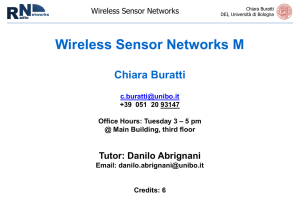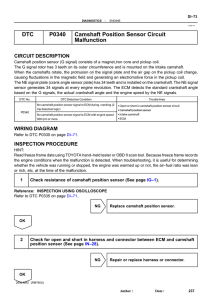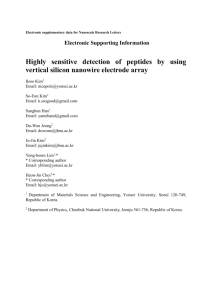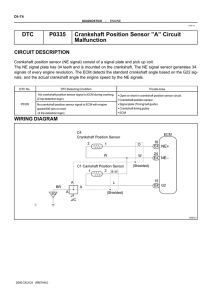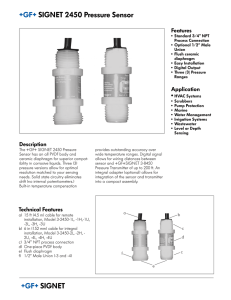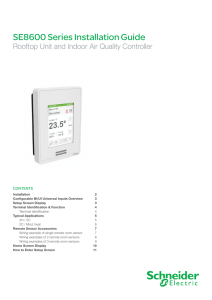Istituto Nazionale di Oceanografia e di Geofisica Sperimentale Prof
advertisement
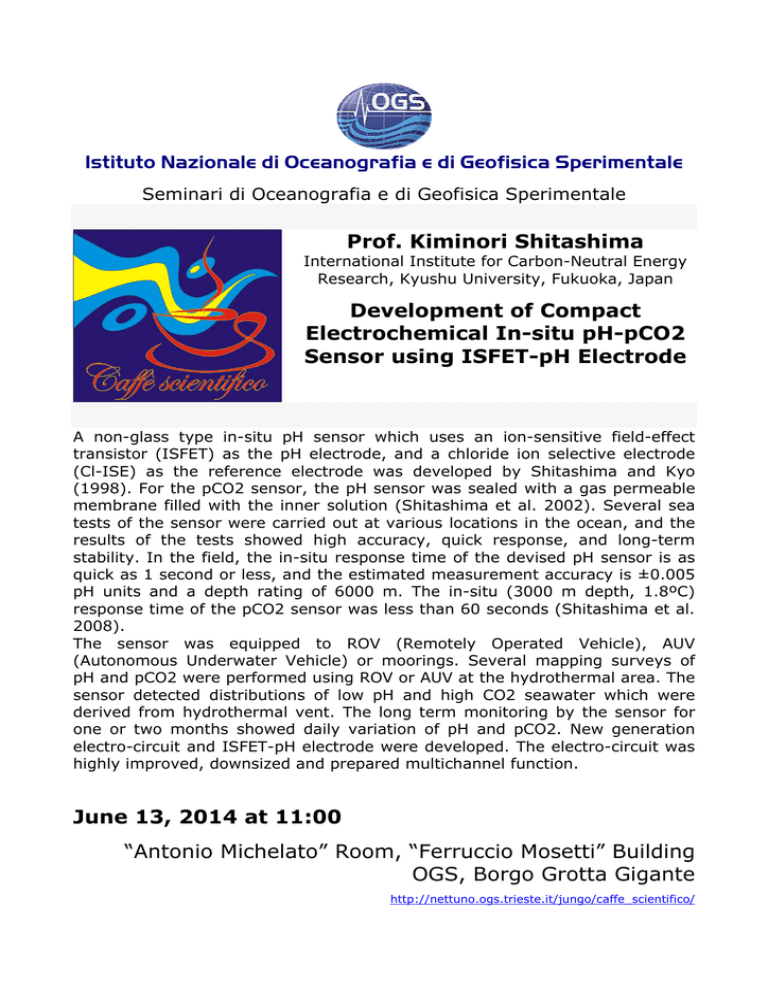
Istituto Nazionale di Oceanografia e di Geofisica Sperimentale Seminari di Oceanografia e di Geofisica Sperimentale Prof. Kiminori Shitashima International Institute for Carbon-Neutral Energy Research, Kyushu University, Fukuoka, Japan Development of Compact Electrochemical In-situ pH-pCO2 Sensor using ISFET-pH Electrode A non-glass type in-situ pH sensor which uses an ion-sensitive field-effect transistor (ISFET) as the pH electrode, and a chloride ion selective electrode (Cl-ISE) as the reference electrode was developed by Shitashima and Kyo (1998). For the pCO2 sensor, the pH sensor was sealed with a gas permeable membrane filled with the inner solution (Shitashima et al. 2002). Several sea tests of the sensor were carried out at various locations in the ocean, and the results of the tests showed high accuracy, quick response, and long-term stability. In the field, the in-situ response time of the devised pH sensor is as quick as 1 second or less, and the estimated measurement accuracy is ±0.005 pH units and a depth rating of 6000 m. The in-situ (3000 m depth, 1.8ºC) response time of the pCO2 sensor was less than 60 seconds (Shitashima et al. 2008). The sensor was equipped to ROV (Remotely Operated Vehicle), AUV (Autonomous Underwater Vehicle) or moorings. Several mapping surveys of pH and pCO2 were performed using ROV or AUV at the hydrothermal area. The sensor detected distributions of low pH and high CO2 seawater which were derived from hydrothermal vent. The long term monitoring by the sensor for one or two months showed daily variation of pH and pCO2. New generation electro-circuit and ISFET-pH electrode were developed. The electro-circuit was highly improved, downsized and prepared multichannel function. June 13, 2014 at 11:00 “Antonio Michelato” Room, “Ferruccio Mosetti” Building OGS, Borgo Grotta Gigante http://nettuno.ogs.trieste.it/jungo/caffe_scientifico/
